Are you confused, not knowing what parts need to go inside a gaming PC? Perhaps, you want to build your very own gaming PC in the future but don’t know which parts you should buy?
Then you have come to the right place. In this article, I am going to give you a detailed rundown of all the parts that you will need from the start of your PC building journey to the very end when you are all set up to play games on your new gaming machine.
This article will cover the following:
Building a gaming PC is indeed very fun and rewarding and being in this field for quite a while now I believe you have made the right decision to build a gaming PC because for many gaming enthusiasts building a custom PC is the right way forward.
There is no feeling like seeing the PC you built with your hard work boot up for the first time. That experience and feeling that you get are unmatched.
I want you to cherish that side of PC building that unfortunately many amateur gamers don’t get to see because they are either stuck not knowing which parts to buy for their PC or buy the wrong parts that are incompatible.
I don’t want you to make that mistake and ruin your PC building experience therefore, without wasting any more time let’s dive straight into the comprehensive list of the parts that are needed to build a gaming PC.
Gaming PC Parts List
A gaming PC is a cohesive machine that consists of several parts that work in tandem to allow the gaming PC to function. Each part that goes inside a gaming PC needs to be compatible with the rest for the gaming PC to properly work.
The following is a computer part list needed not only to build a gaming PC but also to get everything up and running and make your newly built computer game ready.
Hardware Parts Required
- Processor (CPU)
- Motherboard
- Graphics Card (GPU)
- RAM
- Storage Drive
- Power Supply (PSU)
- CPU Cooling
- Case
- Case Fans
Peripherals Required
Now that we have taken a sneak peek at all the parts, let’s address each part individually to get a proper understanding of what will unfold when building a gaming PC.
Processor (CPU)
The processor also commonly referred to as a CPU is the brain of the computer. This is the most essential part of any gaming PC as it controls all the actions and the tasks that happen on a PC.
Since it holds great importance and dictates the rest of the build, the processor is the part that you buy first when building a gaming PC.
This part plugs directly into the motherboard and mind you the compatibility of the processor and the motherboard is important for a gaming PC.
Therefore, the purchase of a processor is closely followed by the purchase of a compatible motherboard.
In the PC market today, there are two manufacturers of processors, Intel and AMD. Both of these companies produce excellent chips therefore, there is no right or wrong and you can go with any company.
In terms of popularity and general community acceptance the Ryzen 3600 and the Ryzen 5600 have garnered the most praise by gamers and I also personally recommend these processors because of their lower price tag when compared with a similar Intel processor.
Motherboard
In the most basic sense, a motherboard can be understood as being the skeleton of a computer. Like a human body, there needs to be a part of a PC that has to support other parts, and this is exactly the role that a motherboard fulfills.
It is the main circuit board of a computer and all other components including the processor just mentioned above connect to the motherboard.
Usually, motherboards and processors go hand in hand because the motherboard that you can buy for Intel and AMD is different.
Hence when buying your motherboard make sure that you buy the motherboard that is compatible with whatever brand’s processor you are buying.
If you ask me, since I have recommended you a Ryzen processor, I will also ask you to buy a motherboard compatible with it. For this purpose, I have written a separate article stating the best motherboards that can are available for the aforementioned AMD Ryzen processor which you can check out for more information.
Check out our motherboard-related guides below.
- Best Motherboard for Ryzen 5 3600
- Best Motherboards for Gaming
- How to Update Motherboard Bios
- How to Check What Motherboard I Have
CPU Cooler
A CPU cooler falls under the cooling category of parts. As the name suggests the function of a CPU cooler is rather simple.
It is basically a cooler designed to cool the processor (CPU) of a PC. Since a processor does all the heavy lifting of a PC it requires a separate cooler to keep its temperatures in check since a lot of heat is generated when completing all the given tasks occurring on a PC.
In most circumstances, the processor that you buy will come with its own CPU cooler. There are only a handful of processors that don’t come with their own CPU coolers so if you do end up buying such a processor you will need to buy yourself a separate CPU cooler.
For buying a CPU cooler there are many factors to consider but the most important of them all is whether you should go with an Air Cooler or a Liquid Cooler.
Well, distinguishing between the two is rather simple. If you want the best cooling performance possible while also maintaining aesthetics, then liquid cooler it is.
On the contrary, if you want to save some bucks and don’t care about the aesthetics then going with an Air cooler can be a logical choice.
Check out our CPU cooler related guides below.
- Liquid Cooling vs Air Cooling
- How to Pick a CPU Cooler
- Best Liquid Cooler for Ryzen
- Best Air Cooler for Ryzen
RAM (Memory)
Random Access Memory or RAM as it is more commonly known as the short-term memory of the computer. Basically, what that means is when a computer needs to perform an overlapping action like for example closing an app to the background it utilizes the RAM as its short-term storage space.
Hence acts as short-term storage of the PC, and when a PC is turned off every content in the same is wiped.
Therefore, having an adequate amount of RAM is very important for the smooth functioning of the PC. Truth be told, the RAM is the easiest part of the PC to buy.
For buying RAM you only need to make you buy dual-channel DDR4 RAM. Also, if you want to be extra vigilant then get the RAM that has a faster clock speed.
The clock speed of the RAM will be stated in MHz frequency for example X Ram is 16 GB DDR4 3200 MHz.
Emphasis on the MHz part, you should buy RAM with the fastest MHz frequency that usually being 3600 MHz. Buying fast RAM is especially important if you have shortlisted AMD Ryzen as your processor of choice.
Check out our RAM-related guides below.
Storage Drive (HDD, SSD, and NVMe M.2)
Now if RAM doesn’t hold the data of your PC permanently, then there needs to be a component that does that job for the PC. Well, that is where a storage drive comes into play,
It is a permanent storage drive of the PC where all the PC data gets stored that includes games, files, documents, media, and everything else that exists on the PC. The data here is permanent and is not wiped by the shutdown of the PC, unlike the RAM.
When it comes to storage drives you are presented with three types of options
- HDD
- SSD
- NVMe M.2
Hard disk drive or HDD is an old drive technology that needs to be ignored now because of the relatively slow speeds it offers. Although it does offer more storage space for the price when compared with an SSD or M2, the trade-off in speed is just not worth it.
SSD is the sweet spot of the range. This drive is plenty fast and is also not overly expensive like an M2 drive. Therefore, for building a gaming PC in 2021 and onwards an SSD is a no-brainer.
NVMe M.2 drive offers very fast data transfer speeds but the storage capacity it provides for the money is quite less compared to an SSD let alone an HDD. Therefore, these storage drives should only be reserved for highly specialized operation and as things currently stand are not feasible enough as a mass storage drive of a gaming PC.
Another difference I would like to point out is that an HDD and an SSD plugs needs power through a power cable from the PSU while being connected to the motherboard via a SATA cable but an M2 only requires motherboard connectivity and no external power. It shares the same installation process as a CPU.
Check out our Storage-related guides below.
Graphics Card
Graphics card or in short term GPU is a very essential part of a gaming PC. The graphics card is a graphics processing device that renders the graphics of the game that you play on a PC.
Therefore, it goes without saying that without a graphics card you cannot game on a PC.
When it comes to buying a graphics card, you really only have Nvidia as a viable option because the other manufacturers that are Radeon’s offering are not competitive enough when compared with Nvidia’s offerings.
Power Supply Unit
Have you ever wondered where all the components of a PC get their power from? After all, every component that we have mentioned until now requires power in one way or another.
The power supply unit, in short, referred to as the PSU is the part of the PC that is responsible for providing the required power to each and every component of the PC including the motherboard for it to work.
Without a Power supply, a PC will never get to see the light of the day. Ironically despite being one of the most crucial aspects of a gaming PC gamers tend to skimp on the PSU.
They buy it last and also try to cut corners here, but I don’t want you to do that given the significance of this part of the PC. Also, if possible, you should buy a good power supply preferably one from a well reputable manufacturer.
Power supplies are differentiated by their power rating. The power rating figure is the amount of Watts a PSU can put out in total. Consider this number with a grain of salt because, in reality, it is a tad less than the rated figure because of efficiency issues.
Therefore, try to make sure that you are buying a gold-rated and certified power supply because there should be no compromise in the functioning of the PC.
Case
Now that you have all the parts accumulated, there should be a place where you can put them all together too right? Well, if you aren’t the DIY junkie you hope to be then chances are you would need a case.
A case is simply a box in which we assemble all the components of the Pc. Cases come in all sorts of different sizes, but the shape generally remains the same; a square box-ish design.
When buying a case, you have to make sure that the case you are buying has proper air ventilation holes and features an ideal amount of fan slots.
Airflow should be the priority when picking and all the flashy bling comes next. Also, you should buy a case that has room for future upgrades if you so choose to make it. That means enough space for a bigger graphics card, extra storage drive caddies, and so on and so forth.
Case Fans
Like I have previously stated cooling might as well be the single most important aspect of any good PC build and for that, you need proper PC cooling parts.
Besides the CPU cooler, case fans are also a part of the cooling ecosystem of a PC. These days most cases come with case fans, but truth be told those aren’t good most of the time.
Therefore, if you want proper cooling for your PC then you will need to buy an aftermarket case fan set from popular brands like Corsair or Thermaltake.
Besides functioning as cooling units, another added benefit you get with case fans is that premium case fans come with RGB lighting and therefore when installed in your PC elevate the aesthetics of your PC and give it a distinct look.
RGB LED Strips (Optional)
Look I am not the person that you want to tell you about looks and aesthetics. Heck, I still rock white led fans in this day and age but one thing I can say is that RGB led strips are also a part that you need to at least consider when building a gaming PC.
Gaming PCs today are not complete without RGB so what better way to add RGB than to buy an RGB strip. These RGB led strips are relatively cheap and add bling to your PC without much effort.
Peripherals
Now that we are done with the hardware parts let’s move to the peripherals list next.
Monitor
What good is a gaming PC build if there is no display to attach it to. Some might argue that TVs can be used as monitors, but I would argue that you can’t get the feel of a gaming PC with a big TV.
Therefore, a monitor is the most important peripheral for any gaming PC build. Since the monitor is the part of the whole PC build that you will be interacting with the most because it is in your peripheral vision, I recommend not compromising on this part.
In terms of the choice of monitors that you have, you can buy a high-resolution monitor, or high refresh rate monitor, or a combination of both.
If you favor a crisper picture quality and want that eye candy, then a high-resolution monitor preferably a 4K display should get a mention in your PC part list.
On the other hand, if you are more into competitive games and want to enjoy the fast-paced action that comes along with them then a high refresh rate monitor 144Hz and above should be suitable for this purpose.
There is a separate article already available highlighting in detail the best 144hz motherboards that do not cost a lot of money that you can check out for more information.
That being said, the ideal sweet spot in the range is a 1440p 165Hz monitor. This monitor covers both the crisp picture quality aspect as well as the high refresh rate part.
Check out our monitor-related guides below.
Mouse and Keyboard
There is absolutely no skipping a mouse and a keyboard from the PC part list because without them you will not be able to use the computer.
When it comes to mouse and keyboard purchases, there are a sea of options to choose from but remember at this level you need not focus on that.
Get yourself a mouse and keyboard that has good reviews at a reasonable price. Later on, you can upgrade these two but right now putting your money in other more important parts is the better way to go.
Headphones or Speakers
How are you going to enjoy the sound of the game and immerse yourself into the experience if you don’t have an audio device?
On the topic of choosing between speakers or headphones, buy the one that you are comfortable with.
If you like separating yourself from the outside environment and want a more direct sound the headphones are the way to go otherwise if you prefer more of a relaxed gaming experience, then speakers might be a better fit.
Check out our headphones and speakers-related guides below.
- Headset vs Headphones
- Best Open Back Headphones for Gaming
- Best Surround Sound Headphones
- On-Ear vs Over-Ear Headphones
- Best Computer Speakers Under $100
- How to Make Computer Speakers Louder
Desk Surface
Now that you have your shiny new gaming PC and all the peripherals to go along with it have you wondered where are you going to out all the parts?
Well surely, you could use a spare corner of the room with a lousy desk or top but that won’t do justice to your new PC now, would it?
Therefore, a proper desk is an important piece of the puzzle for bringing everything together.
A Comfortable Chair
If you are anything like me, gaming for 4-5 hours consecutively can be tough for your back. It can cause backache and also affect your posture.
Therefore, to go along with your other PC parts and peripherals a proper ergonomic chair must be bought because it will allow you to play all your games in relative comfort.
Now I don’t know about you but expect to sit on your PC for a lot of consecutive hours in the early days and a good comfortable chair can be a game-changer for that.
Check out our chair-related guides below.
- Are Gaming Chairs Good for Your Back?
- Gaming Chairs Vs Office Chairs
- Are Gaming Chairs Worth it?
- Best Gaming Chairs Under $200
Tools and Equipment
Let’s say you have accumulated the required hardware as well as the peripherals so what do you think comes next? Well, now is the time we build the gaming PC with all the parts we have.
But wait, don’t get ahead of yourself too much. In order to build a gaming PC, you will need certain tools that will aid you through the whole build process.
The following tools are required for the job:
- Philips head screwdriver: Preferably a screwdriver with a magnetic head because it can get annoying to deal with the small screw bits without magnetic qualities.
- Anti-Static Wrist Strap: This tool will help you avoid any static electricity charge on PC parts which is important if you don’t hold much prior knowledge about building PCs)
If you are hesitant in purchasing parts not knowing much money should you spend on them then check out this already detailed article on how much does a PC cost.
Related Guides
Check out our price-focused prebuilt PC guides below.
- Best Gaming PCs Under $500
- Best Gaming PCs Under $800
- Best Gaming PCs Under $1000
- Best Gaming PCs Under $1500
- Best Gaming PCs Under $2000
Check out our GPU-focused prebuilt PC guides below.
Check out our aesthetics-focused gaming PC guides below.
Check out some of the other related guides.
- How Much Should You Spend on a Gaming PC?
- Is It Hard to Build a Gaming PC?
- Gaming Laptop vs Desktop
- How to Check Computer Specs
- Best Gaming Desktop
Final Words
This wraps up the article on the parts required to build a gaming PC. Before signing off let’s quickly recap everything I talked about in the article.
In this article, I not only do not know the parts that you need in building a gaming PC but I also touched upon their use and how you should consider their purchase so that when eventually buying parts you should have enough knowledge on how to differentiate two different variations of the same part, for example, an Intel processor from an AMD processor.
My main emphasis in the article was to ensure that I provide you with the complete list of the parts that you need for building a gaming PC that not only includes hardware components like CPU, RAM, and others, but also gaming peripherals like a chair, desk, keyboard, and mouse.
The tools needed to build a gaming PC like a Phillips head screwdriver and anti-static wrist strap were also included in the parts because without them there will be no completely built gaming PC.
I hope that you find the information provided in this article helpful and if you did let me know down in the comment section which PC part was a surprising entry for you and which you already knew.

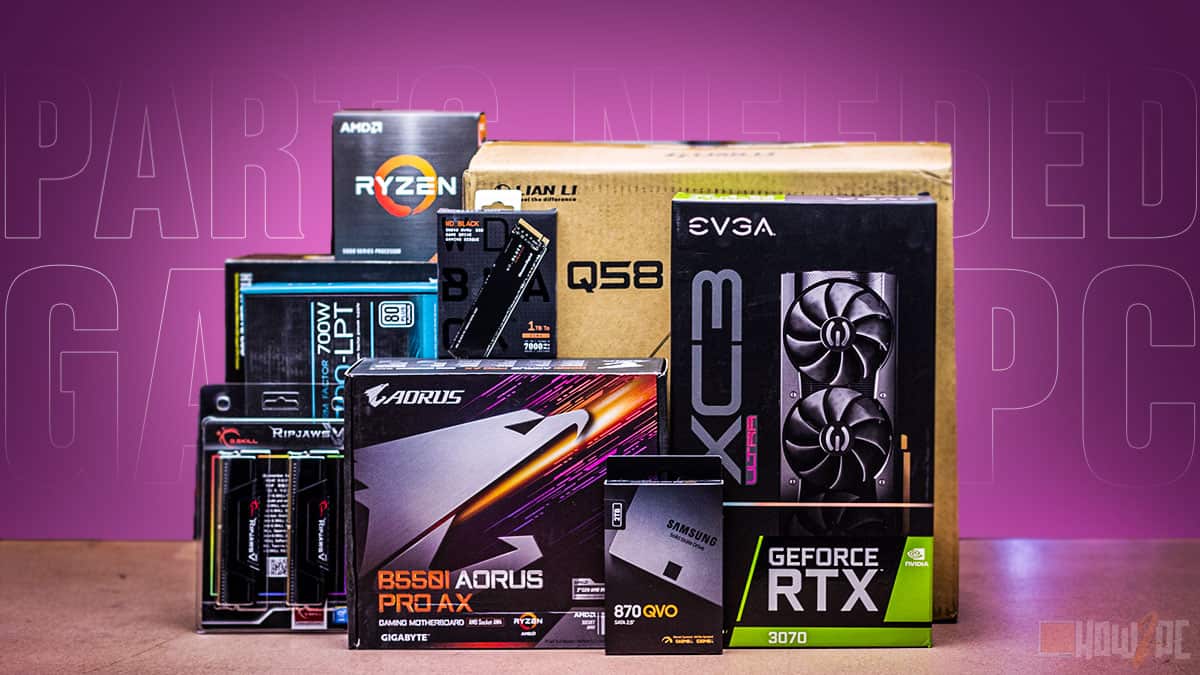
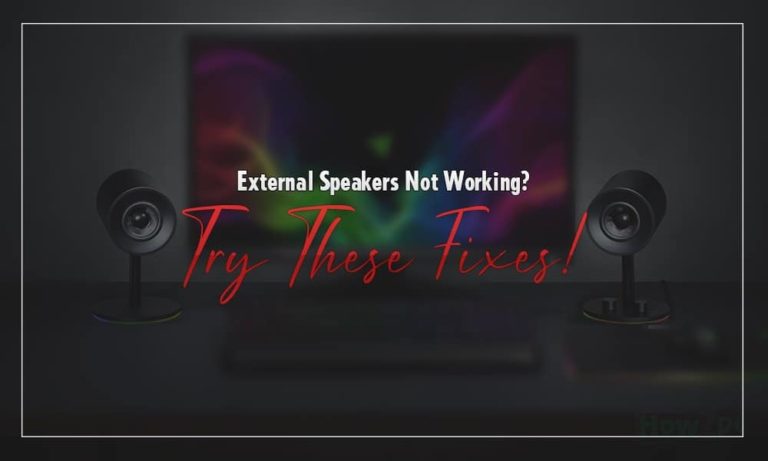
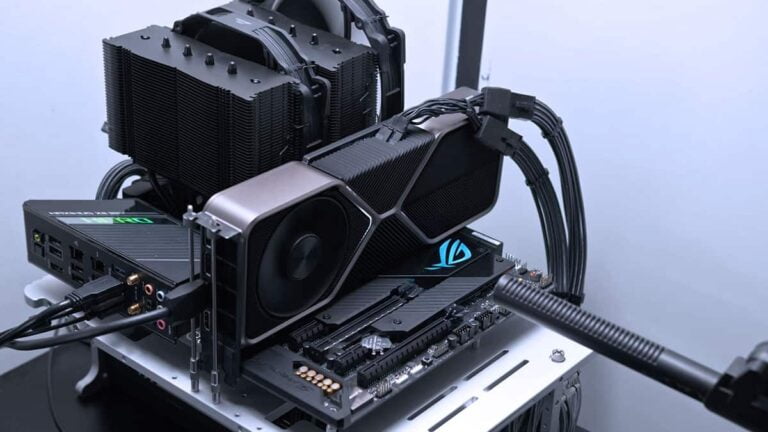
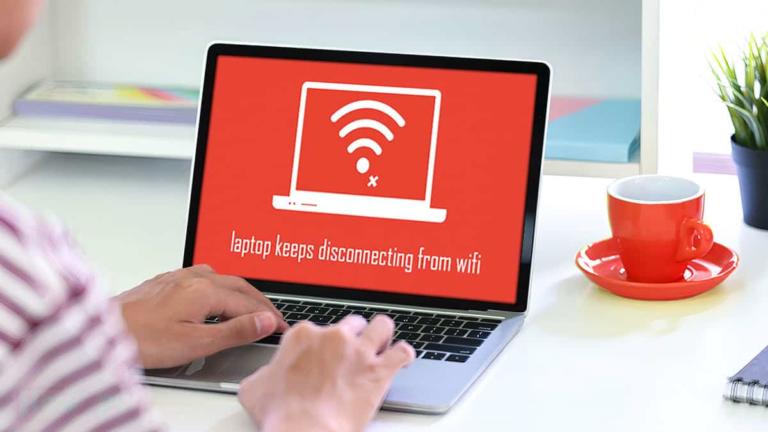
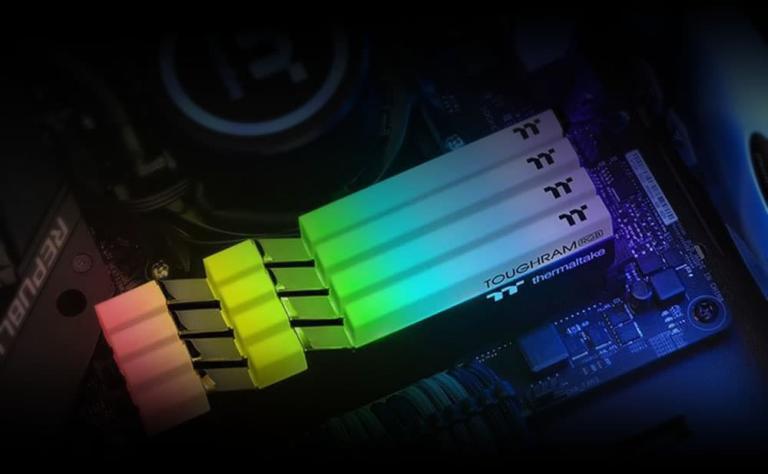
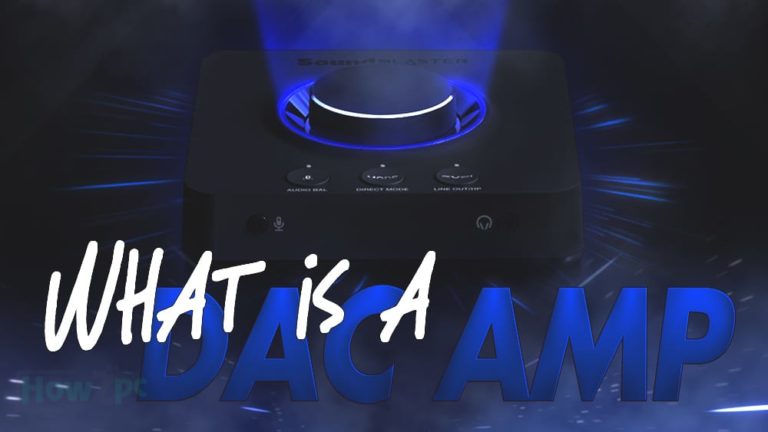
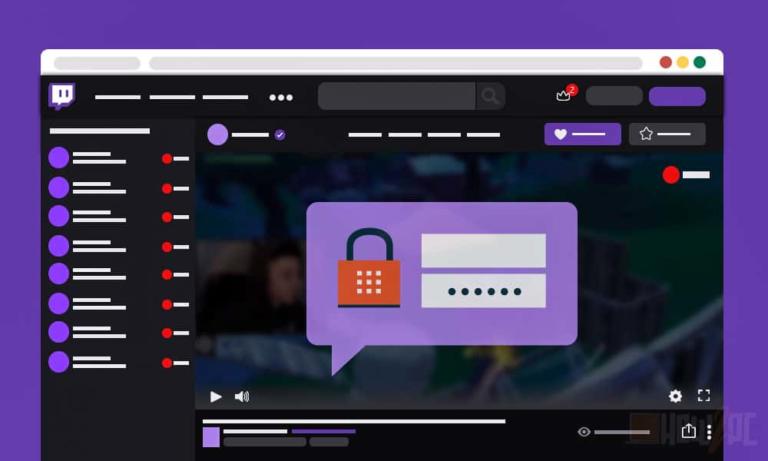

Thanks for sharing this informative article. It provides a great source of information about the parts that are necessary to build a gaming pc. This is very helpful for game lovers who are in searching for list of gaming pc parts just like me.
Thanks!